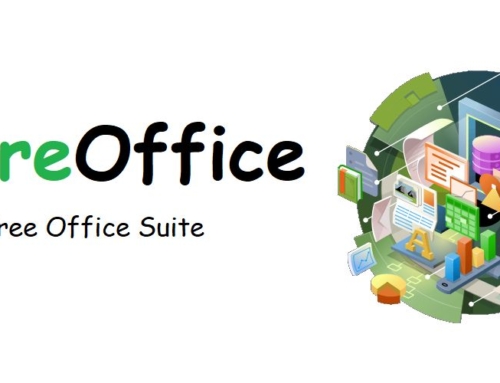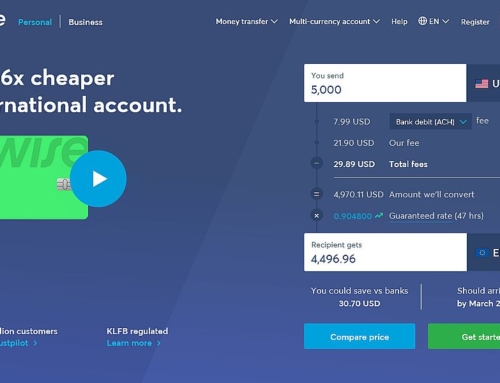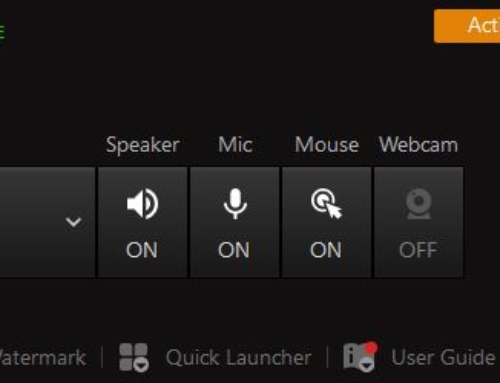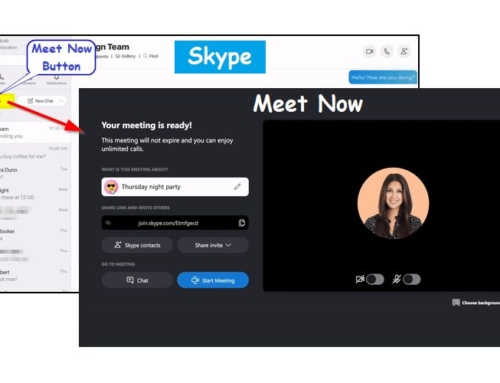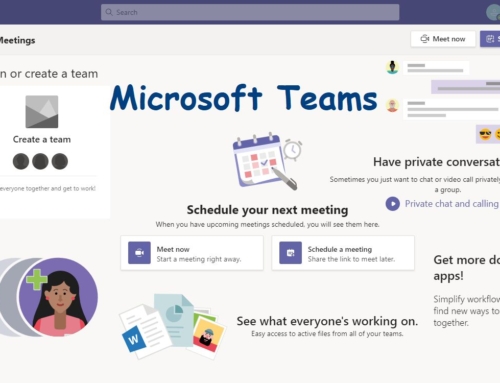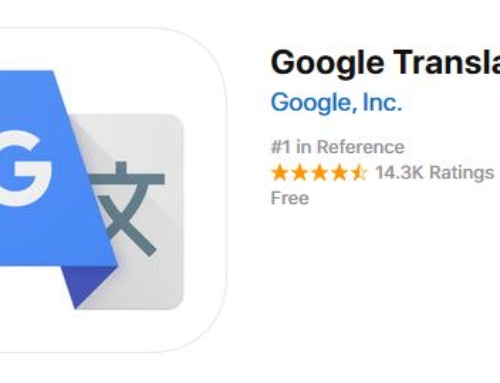Jitsi Meet is a great, free, and open-source video conferencing tool. It provides all features needed for private and even work-related video conferencing. And if you wonder how many people could attend, the answer seems to be that the maximum is 75. And to get maximum quality for your video chat, you should not have more than 35 attendees. For up to 35 participants, the video and audio quality is even better than that of Zoom or Cisco Webex. And a meeting can take as long as you like, with no restrictions.
What about the Requirements?
The technical requirements are where Jitsi Meet gets even better. For most conferencing software, you must download a client app or open an account (e.g., Skype). Jitsi does not require a client app on your PC. But you need the corresponding app to use Jitsi on an Android or iOS smartphone. You can easily download the app from the App Store for iOS and the Google Play Store for Android. However, if you use Jitsi on your PC, nothing needs to be downloaded and installed. And no account needs to be created. Video conferencing should work on any PC running Windows, macOS, or a Linux-based system. The currently supported browsers are Google Chrome (recommended), Firefox, Opera, Microsoft Edge, and Safari.
How does it work?
Starting a conference is extremely easy. You just go to the Jitsi start page (button below), enter a meeting name (it needs to be unique, see below under “Is it safe?”), and click on “GO.” The meeting room and a link will be created. All you have to do now is to send this link to the people you want to meet. Everyone who clicks on the link will attend the meeting. For more safety, you can (and should) create a password. People who click on the invite link will then also have to enter the password to attend.
Is it safe?
Jitsi Meet is fully encrypted, so everything you tell your participants is safe. And since no accounts are created, no personal information can be leaked either. However, if you choose to NOT generate a password for your meeting and the meeting name is something that can be easily guessed, someone might attend who you did not invite. Therefore, you should use a password for extra security. Read more about the security of Jitsi at “Jitsi Meet Security & Privacy.”
Why not using Zoom?
You may wonder why we did not recommend Zoom, as its use exploded during the current Covid 19 crisis. The main reason is the lack of security. And Zoom lacks security in more than just one way. The following is an excerpt from the blog article “Security and Privacy Implications of Zoom,” written by Bruce Schneier, a fellow and lecturer at Harvard’s Kennedy School and a board member of EFF:
In general, Zoom’s problems fall into three broad buckets: (1) bad privacy practices, (2) bad security practices, and (3) bad user configurations.
Read the full blog article here.
Another reason for not recommending the free plan of Zoom is that it restricts group meetings for three or more participants to just 40 minutes. Only 1-on-1-meetings are unlimited.


